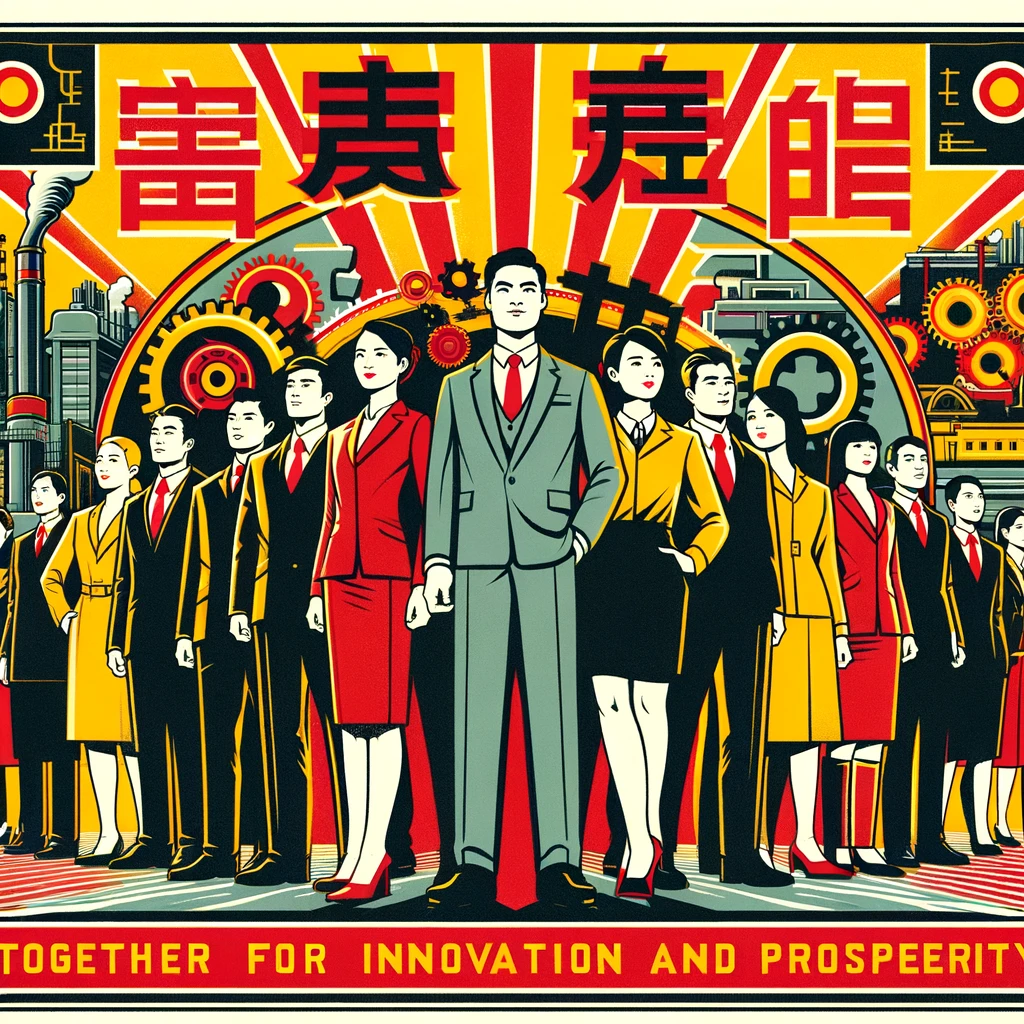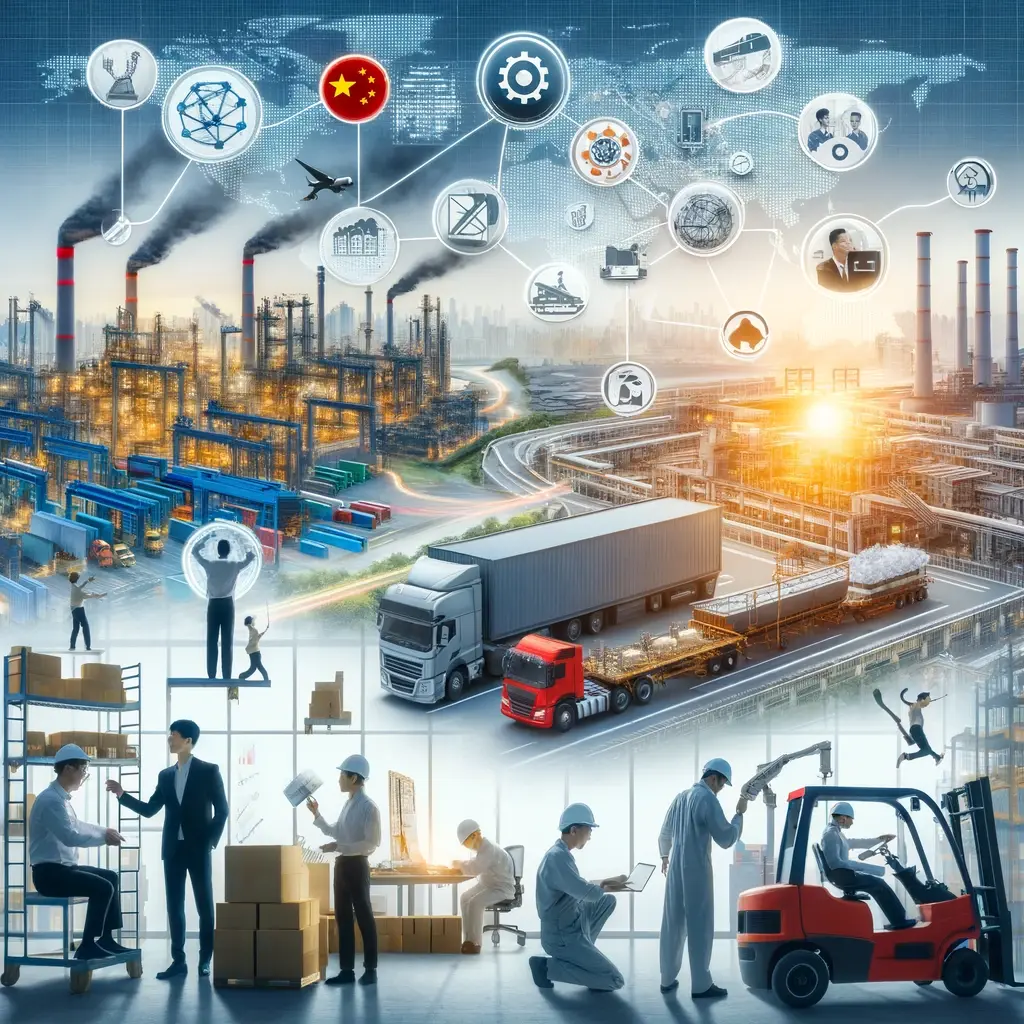In the rapidly evolving landscape of global manufacturing, the future of manufacturing in China is more uncertain than ever. For businesses that rely on Chinese manufacturing, understanding these changes and preparing accordingly is crucial. This blog will explore the current trends in Chinese manufacturing, the deeper risks involved, and provide strategic insights on how to build an effective supply chain to stay competitive in this dynamic environment.
Current Trends in Chinese Manufacturing
Economic Slowdown
The Chinese economy has experienced a slowdown, with growth rates no longer as robust as in previous decades. This economic shift impacts various sectors, including manufacturing. Businesses need to anticipate slower growth and adjust their strategies accordingly.
Rising Costs
Labor costs in China have been steadily increasing, making manufacturing more expensive. Additionally, the costs of raw materials and energy are also on the rise. Companies must find ways to mitigate these increased expenses without compromising on quality.
International Tensions
Geopolitical tensions, particularly between China and the United States, have led to trade wars and tariffs. These international conflicts can disrupt supply chains and increase costs, making it essential for businesses to have contingency plans in place.
Technological Advancements
China is at the forefront of technological innovation, with significant investments in automation, artificial intelligence, and the Internet of Things (IoT). Embracing these advancements can help businesses improve efficiency and reduce costs.
Environmental Regulations
Stricter environmental regulations are being enforced in China to combat pollution and promote sustainability. Manufacturers need to comply with these regulations, which may require investing in cleaner technologies and processes.
Deeper Risks in Chinese Manufacturing
While these trends pose challenges, the risks run much deeper. Chinese suppliers often face increasing costs and fewer orders. To maintain their profit margins, they may take actions that are detrimental to their clients. Here are some critical risks:
Maintaining Profit Margins at Client’s Expense
Chinese suppliers may cut corners, reduce quality, or increase prices unexpectedly to maintain their profit margins. This can severely impact the client's business operations and product quality.
Intellectual Property (IP) Theft
There is a high risk of IP rights theft in China. Suppliers might use clients' designs and technologies to produce competing products, either for the local market or even for international markets.
Unethical Practices
Suppliers may engage in practices like upselling, blackmailing, or even competing directly with their clients. The cultural importance of not "losing face" can drive suppliers to take extreme measures to ensure their financial stability.
Building an Effective Supply Chain
Given these risks, it is more important than ever to build a robust and effective supply chain. Here are essential strategies to achieve this:
Bill of Materials (BOM) and Supply Chain Mapping
Develop a comprehensive BOM and map out your entire supply chain. This ensures transparency and helps in identifying potential risks at every stage of the manufacturing process.
Physical Visits
Conduct physical visits before, during, and at the time of loading the order. This helps in verifying the quality and progress of production and ensures compliance with agreed terms.
Backup Suppliers
Always have backup suppliers. This provides a safety net in case your primary supplier fails to meet your expectations or contractual obligations.
Local Presence
Having someone on the ground with their finger on the pulse is crucial. Local representatives can monitor production closely, ensure compliance, and address issues promptly.
Strong Contracts
Draft strong contracts including OEM agreements, NNN (Non-Disclosure, Non-Use, and Non-Circumvention) agreements, and detailed BOMs. This legal framework protects your interests and provides recourse in case of disputes.
Effective Risk Management
Accept that it’s not a question of "if" things will go wrong, but "when." Proactive risk management, including regular audits and contingency planning, is essential to navigate these challenges effectively.
How China Agent Ltd Can Help
Navigating the future of manufacturing in China requires expertise and local insight. China Agent Ltd specializes in providing on-the-ground support to international businesses, ensuring they can adapt to changes and stay competitive. Here’s how we can assist:
- Local Presence: Our team in China offers vigilant oversight, ensuring quality control and efficient operations.
- Supply Chain Diversification: We help clients explore manufacturing opportunities across Asia, providing strategic advice and facilitating transitions.
- Technological Integration: We assist businesses in adopting the latest technologies to enhance productivity and reduce costs.
- Sustainability Compliance: Our experts guide clients through compliance with environmental regulations, promoting sustainable practices.
- Continuous Support: We keep our clients informed about market trends and regulatory changes, offering continuous support and strategic advice.
In conclusion, the future of manufacturing in China presents both challenges and opportunities. By understanding the current trends, recognizing the deeper risks, and making strategic adjustments, businesses can navigate this evolving landscape successfully. China Agent Ltd is here to provide the expertise and support needed to thrive in this dynamic environment.
For more information on how we can assist your business, feel free to contact us. Let’s build a successful future together.




